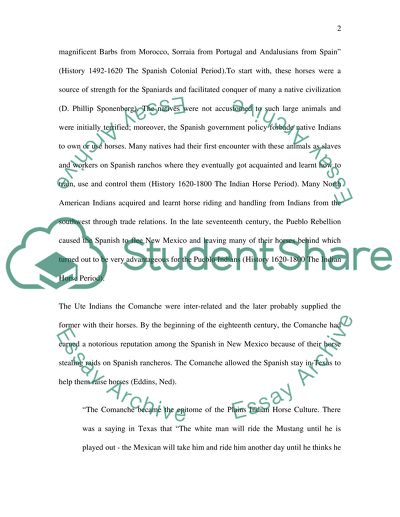Cite this document
(Indians And Horses Essay Example | Topics and Well Written Essays - 1750 words, n.d.)
Indians And Horses Essay Example | Topics and Well Written Essays - 1750 words. https://studentshare.org/history/1534158-the-indain-and-the-horse
Indians And Horses Essay Example | Topics and Well Written Essays - 1750 words. https://studentshare.org/history/1534158-the-indain-and-the-horse
(Indians And Horses Essay Example | Topics and Well Written Essays - 1750 Words)
Indians And Horses Essay Example | Topics and Well Written Essays - 1750 Words. https://studentshare.org/history/1534158-the-indain-and-the-horse.
Indians And Horses Essay Example | Topics and Well Written Essays - 1750 Words. https://studentshare.org/history/1534158-the-indain-and-the-horse.
“Indians And Horses Essay Example | Topics and Well Written Essays - 1750 Words”. https://studentshare.org/history/1534158-the-indain-and-the-horse.


